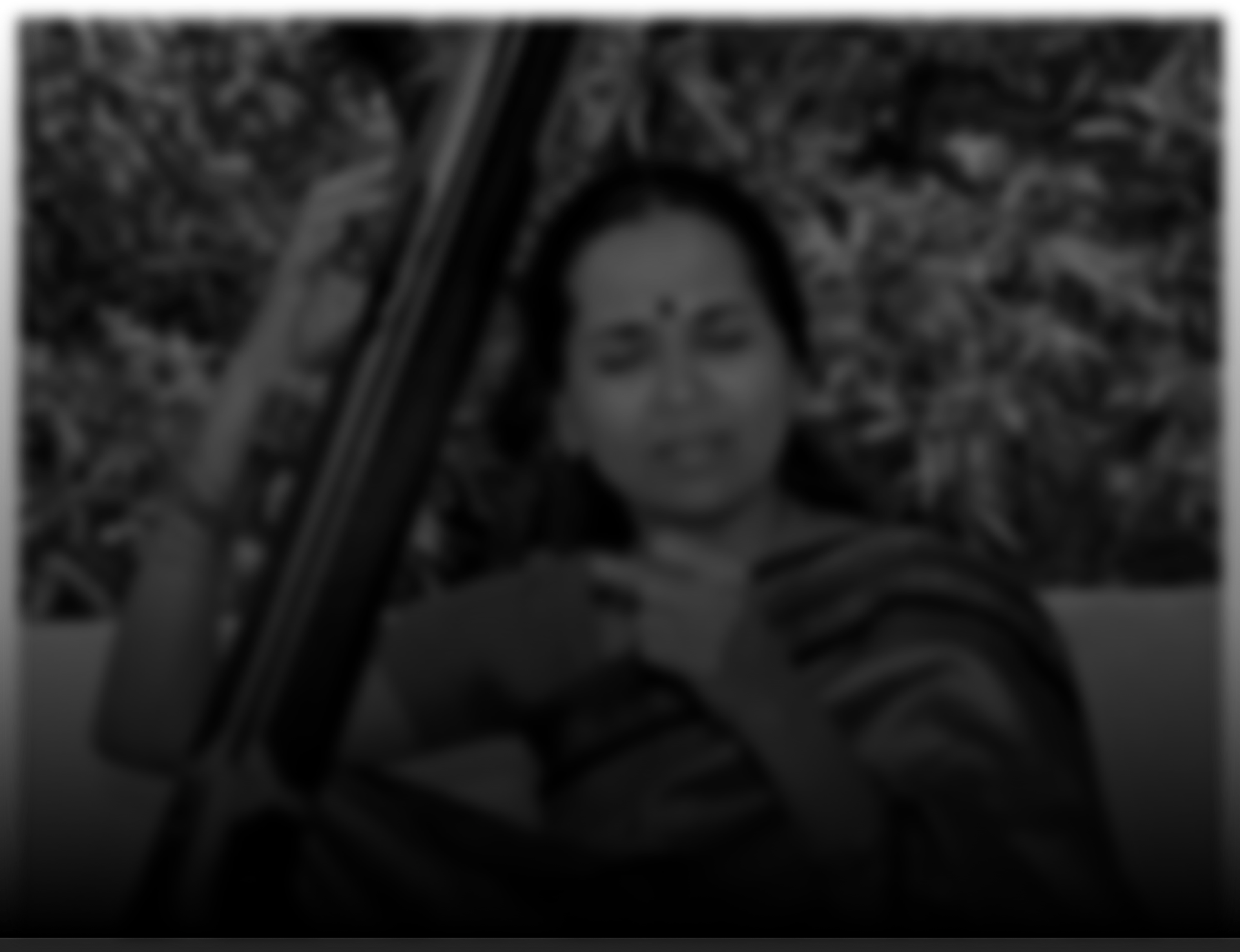The South Indian’s engagement with Hindustani music covers a wide spectrum. On the one hand, we have those who find Hindustani music dull and repetitive. On the other end we have those who actually prefer Hindustani music to Carnatic music. In between, there are those who listen to, teach and perform and are students of Hindustani music. What about the Northerner in his/her engagement with Carnatic music?
Barring very few exceptions, the spectrum here ranges from apathy to dislike. While many South Indians take avidly to Hindustani music and even become competent performers, there is scarcely any traffic the other way.
The issue raises two questions. First, why do those north of the Vindyas not appreciate Carnatic music? And conversely, how is it that the people of the South are attracted to Hindustani music? More interestingly, why don’t Carnatic musicians, who are so supremely ignored by their Northern counterparts, return the compliment?
Stating a fact
The fact is Carnatic musicians feel compelled to engage with Hindustani music, if only in an uneasy relationship, as borne out by this scene. Its a TV show where a noted, youngish singer is teaching a kriti in the raga Kedaragowla. The singer says that if, instead of kaisiki nishadham in the arohanam, one uses kakali nishadham, it becomes Desh. And then, suddenly, he adds, “appadi padinomna 50,000 ruba sambadichudalam” (if we sing that way we can earn 50,000 rupees). The remark seems off the cuff, a spontaneous aside, and the reference is to the vast difference in the remuneration received by Carnatic and Hindustani musicians.
Obviously, some Carnatic musicians, beginning with Veena Dhanam, GNB, and others find something attractive about Hindustani music. There is the famous incident of GNB prostrating before Ustad Bade Ghulam Ali Khan, much to the chagrin of his fellow Carnatic musicians. Secondly, it is difficult to ignore that many South Indians take to Hindustani music and even become competent performers. And finally, but perhaps most importantly, Carnatic musicians cannot ignore the fact that those guys get paid SO much more!
The distressing question of the lack of a similar interest among Northerners in our music remains.
The late Subbudu once declared that North Indians are contemptuous of South Indians – their languages, their music, and their mannerisms and so on. A sweeping statement, which captures some truth while ignoring some others!
It is true that many North Indians have this image of the archetypal South Indian – unsophisticated, boorish, speaking Hindi and English with a pronounced accent. But surely, not all North Indians are prejudiced against all things South Indian. Don’t they love our idli, dosa and sambhar, Sridevi, and, on a more serious note, Bharatanatyam?
Let us visualise an open-minded Northerner at a Carnatic concert. Remember, he is used to the first few minutes of quiet music with sustained notes, meends or jharus, a low key harmonium, a non-intrusive tabla and the soothing sound of the tanpura! Now switch scenes to a Carnatic concert. The singer begins with a brisk varnam or appropriate kriti and a number of things happen – simultaneously. There is the singer keeping talam; there are lots of words, the mridangist and the violinist follow the singer, reproducing every sangati, creating a certain energy level – viruviruppu. Somewhere in all this the tanpura is lost! There is a gaiety, even festivity, which often characterises a Carnatic concert, rarely found in a Hindustani concert. It is only natural that the Northerner is bewildered.
A Southerner at a Hindustani concert has less to contend with, although this is not to say it is less complex. The build up, both in Khayal and Dhrupad music, is gradual and sophisticated. Doubtless, our Southerner will wonder when, or whether at all, the singer is going to move on beyond that mandra nishadha!
Of course, there is the sahitya aspect. A Carnatic concert lays great emphasis on kriti-s, which is actually a hurdle for the Northerner; but one should surely be able to appreciate a song in any language and our kriti-s are not just humdrum songs!
Granted, that any form of music, especially “art music,” demands constant exposure and some initiation on the part of the listener, it is arguable that it is easier for Hindustani music to grow on the outsider. Carnatic music presents a tougher shell. But this does not mean it is impenetrable to an outsider. Westerners have learnt to appreciate it, why, even perform creditably. But effort needs to be put in, and North Indians, to their discredit, are simply not willing to try to overcome the initial roadblocks in appreciating Carnatic music.
For reflection
It is worth reflecting though on some aspects of the presentation of Carnatic music. There is much eliminable noise in Carnatic concerts that listeners and performers have become desensitised towards. This merits reflection, not with a view to appealing to the Northerner, but simply to work towards greater refinement in our musical endeavours.
Ultimately, it might well be true that the North’s apathy to Carnatic music is due to complacency rather than prejudice. If the market worth of Carnatic music goes up to be comparable with that of Hindustani music, perhaps our Northern brethren will sit up and take notice. Money, and the power it brings with it, rules everything else, even appreciation of music. Now, why the fee commanded by Carnatic musicians compares poorly with that commanded by Hindustani musicians is a much larger, and more vexatious, question.
This article was published in the Hindu and can be found here.
